Learning about menstrual health can be a challenge for anyone at different stages of their life. Menstruation looks different in every body, and it can be hard to know which products will best suit your body’s needs. These challenges can be exacerbated by several things, one of which is disability.
I am not a disabled person; I identify as an able-bodied woman. However, every day I work with people who have a variety of disabilities, and finding real solutions for them has become a topic close to my heart.
I’m aware that some people prefer to use people-first language (“person with a disability”), while others prefer identity-first language (“disabled person”). In this article, I will be using the two terms interchangeably. I’d like to acknowledge that both disability and menstruation should be viewed as one part of a person’s experience, never as what defines their personhood. Similar to menstruation, disability is a topic that can often feel taboo and difficult to talk about. It can be difficult to explain your experiences with disability or menstruation (or both) to those who haven’t experienced them. These experiences can bring up many challenging emotions, and it can seem hard to find answers to your personal questions about it. However, at Monthly Dignity, we’re here to help you find those answers, and to help you feel as comfortable as possible when you have your period, whether you have a disability or not.
How Does Disability Impact My Period?
A disability can be any impairment or restriction in a person’s ability to participate in their daily activities (1). This can include many different diagnoses, each with their own implications for managing your period. We can see a wide range of examples of this:
- A person who is hyper-sensitive to sensory input may have trouble wearing a menstrual pad or tampon, finding them uncomfortable and overwhelming.
- A person who uses a urinary catheter may find menstrual products interfere with this.
- Wheelchair users may have difficulty finding an accessible space to change a menstrual product or may find that menstrual pads move out of position when sitting all day.
- For people who have fine motor challenges, finicky packaging on menstrual products can be a barrier to use.
- Persons with chronic fatigue or pain may find the act of changing menstrual products overwhelming, exhausting and uncomfortable.
- A person with limited or no vision may struggle to identify when their period has started or ended, or when they need to change their menstrual product.
These are just a few ways in which disabled persons may experience additional layers of complexity when learning to manage their periods.
Products That Can Help
Maintaining menstrual health with a disability may sound daunting, but we have good news! There are products available that are designed to help with these problems.
Let’s start with menstrual underwear, also known as period panties. These are designed to be worn like any other underwear – you put them on and go! Many people who experience sensory challenges find period panties to be far more comfortable than wearing a pad or tampon. Additionally, period panties can be worn for up to 12 hours! This means that, for folks who experience challenges with frequent product changes, you may only need to change your product twice a day. Unfortunately, every product has its downside. Period panties require some maintenance that you won’t see with disposable products: they must be rinsed immediately after use, and washed thoroughly between uses. Additionally, period panties are initially more expensive than disposable products. However, because they’re re-useable, they end up being more affordable in the long run. In some locations, such as Montreal QC, you can apply for a grant to help with this initial cost (2). We’d recommend checking to see if similar programs are available in your area.
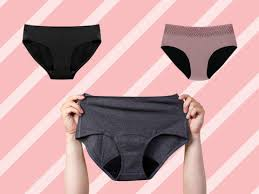
Let’s talk next about the Flex Cup (3). The Flex Cup is a menstrual cup with a pull tab which breaks the seal of the cup to allow for easier removal, much like a tampon! Like menstrual underwear, cups and discs can be left in for up to 12 hours, allowing for less frequent changes than pads or tampons. Unfortunately, the Flex Cup can be an expensive initial cost for some users, although it is more affordable in the long-run than disposable products. Additionally, some users have reported leaks when using this product.

There are also several menstrual discs available with pull tabs or handles to assist with removal. Some popular brands include Hello Menstrual Disc (4) and Fornix (5), the latter of which is based in Canada! Costs for these products vary depending on where they are sourced, but will end up being cheaper in the long run than disposable products.
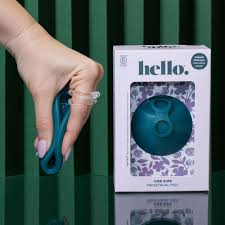
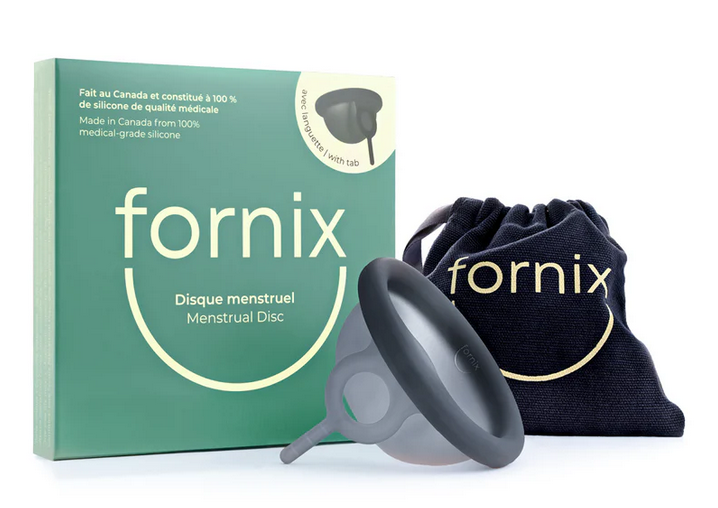
Now, for those who like the idea of using an internal product, such as a disc, cup or tampon, but struggle with inserting one, this next section is for you. There are a variety of potential options, depending on what product you want to use. Menstrual cup and menstrual disc applicators allow you to fold your cup or disc, hold it in the applicator, and then insert, without needing as much hand function or flexibility to reach your vagina. Tampon applicators such as the TInA (6) can allow a similar insertion process for tampons. Once again, the initial cost of these products may be daunting, but may pay off in the long run. We recommend doing your research to find the style and brand that meets your personal needs and budget.
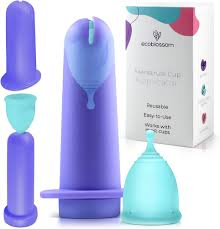
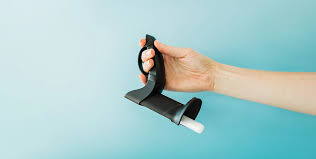
For those with low or no vision, let’s also talk about Flow Sense (7). This is a smartphone app that will allow blind users to identify when their period has started or ended, simply by taking a picture of their underwear or menstrual product with their phone. Unfortunately, this application is not yet widely available, but we think it’s a great one to keep track of!
There are many accessible menstrual products out there, and more being released every day. We at Monthly Dignity think everyone has the right to comfortable and dignified menstrual care, regardless of their physical ability. We hope some of these products will help you on your journey of menstrual independence.
Summary
| Product | Benefits | Downsides | Cost |
| Period Panties / Menstrual Underwear | More comfortable for sensory processing disorders Long-term cost-effective Less frequent changes than disposable products Easier to put on and take off than some other methods | Initial Cost Maintenance & Cleaning | $25-$80 CAD, depending on brand and style Recommended to have 5-7 pairs for a cycle. |
| Flex Cup (8) | Allows for easy removal of menstrual cup Can be left in for up to 12 hours | Initial Cost Some users report leaks Internal products can be intimidating for some users | Approximately $40 CAD |
| Hello Menstrual Disc (9) | Allows for easier removal of the menstrual disc, using a pull tab to remove Can be left in for up to 12 houres | Initial Cost Internal products can be intimidating for some users | Approximately $30-50 CAD |
| Fornix Menstrual Disc (10) | Allows for easier removal of the menstrual disc, using a pull tab to remove Can be left in for up to 12 hours | Initial Cost Internal products can be intimidating for some users | Approx $50-60 CAD |
| Menstrual Cup Applicators & Menstrual Disc Applicators | Can make insertion and, depending on the product, removal of menstrual cups easier for those who have limited dexterity, range of motion in the arms and hands, or for people who just aren’t comfortable with inserting and removing a cup! | They’re not all built equal – It may take some time, research and practice to find the product and technique that works best for you and your body. | $15-$80 CAD, depending on brand |
| TInA (11) | Allows for easier insertion of a tampon for persons with limited fine motor strength and arm & hand dexterity | Initial Cost Internal products can be intimidating for some users | $90-$100 CAD |
| Flow Sense (12) | Uses an app to help people with low or no vision to identify when their period starts and stops | Not yet widely available | |
| Can’t find what you need? Check out Makers Making Change here | |||


